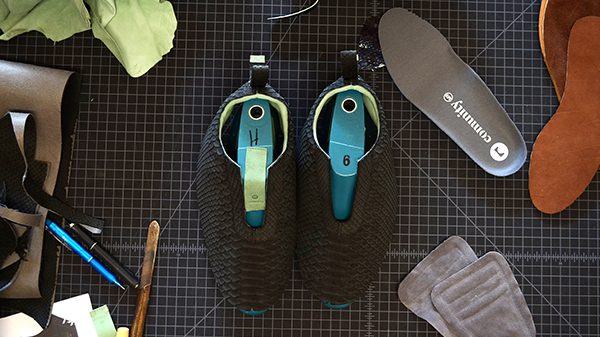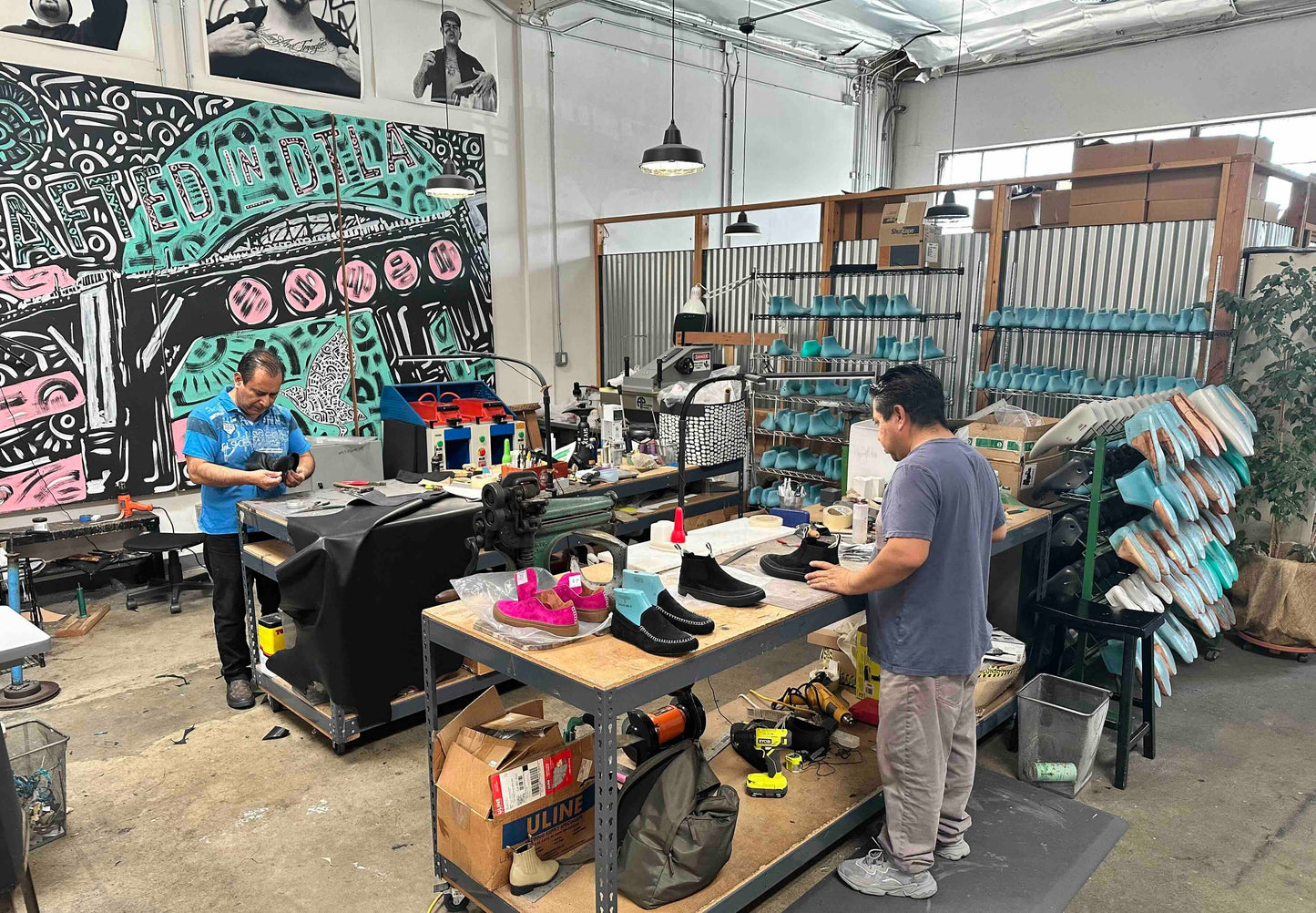
A shoe consists of no less than 30 parts with different advanced materials. Familiarizing yourself with these parts can help you make an informed decision the next time you're in the market for shoes. It can also help you feel less left out when a vendor uses various terminologies to describe the shoe parts.
With too many brands hitting the market with shoe-specific jargon, it is essential to educate yourself about the anatomy of shoes. Whether you're looking to program an affiliate advertising for shoes, or are only doing it for your personal growth, learning about parts of a shoe could mean the difference between getting it right or wrong.
Main parts of a shoe
At its most basic, a shoe consists of heal, toe cap, insole, and outsole that covers the foot. But other secondary parts make up the rest of the shoe anatomy too. They include upper, eyelets, quarter, vamp, lining, tongue, topline and top edge, and these give the shoe more detail and structure.
Here is a list of both internal and external parts of the shoe.
Toe cap
A toe cap is a box-like strip covering the
A different piece of material can be used to make toe caps. For example, leather shoes and boots will have a cap of leather, while rubber boots will have a cap made of hard rubber. The toe cap goes over the
Eyestay
Eyestay, or lace stay, is the part of a shoe that houses the eyelets. There are two eyestays in laced shoes, each running along the length of the shoe on opposite sides of the shoe. Eyestays serve as reinforcement around the eyelet holes – where shoelaces are threaded through.
Eyelets
Eyelets are small holes on the upper of the shoe through which laces can be threaded through and then tied to hold the shoe on the user's foot firmly. The arrangement and number of eyelets vary from shoe to shoe, but they’re all meant to allow for adjustment. When the eyelets extend beyond the heel collar, they give you more flexibility in securing lacing with different lacing techniques.
Tongue
The tongue is a soft, lightly padded strip that sits on top of the foot's arch. It runs from the vamp to the shoe's throat and looks much like, well, the tongue. Tongues are found on shoes with laces and serve to protect the top of the foot and keep the laces from rubbing against the foot. They may be padded for extra comfort or be thin, as seen in dress shoes. Again, the tongues may have flaps or slits that let you thread your laces through to hold them in place.
Heel tab
The heel tab, or Achilles tab as it's commonly referred to, extends above the heel counter and protects the Achilles tendon. It cradles the shoe comfortably and firmly around the heel.
Heel Counter
The heel counter is a little plastic, thermoplastic, or rubber insert that reinforces the heel cup of a shoe and offers extra support. It sits at the back of the shoe where the heel bone rests and offers stability to the foot while ensuring longevity to the shoe.
A firm heel counter supports the arch of the foot and heel and minimizes strain on various connective tissues of the ankle, foot, and knee. It also helps retain the shape of the shoe. Depending on the shoe type, the heel counter can be soft, thin, stiff, and sturdy.
Outer Sole
Also known as the outsole, the outer sole is the outermost part of the shoe that comes in contact with the ground. It's designed to provide shoes with the necessary protection and traction from the surface they will be in contact with.
Outsoles are made from different materials, including leather, PVC compounds, polyurethane, and rubber. They also have different traction and grip for different terrains and environments.
Midsole
The midsole is the middle part of the shoe. It's sandwiched between the insole and outsole. A well-designed midsole can offer ample cushioning, flex support, and shock absorption, all of which are essential in ensuring your comfort and leg health. Midsoles are mostly made of rubber or leather. Shoes like racing flats have a thin midsole, while others like running shoes have a thick midsole.
Foxing
Foxing is a band that makes the sidewall of the shoe sole. It's separate from the upper and sole that secures the joint where the upper and sole meet. It's mostly used on sneakers to reinforce the application of the sole to the upper. Foxing has to be molded or applied at the sole, overlapping the upper, and spanning right around the shoe.
Shoe heel
The shoe heel is attached to the rear end of the sole. It elevates the back half of the foot to offer adequate support. The heel comprises of two main parts of the shoe: the heel seat, which is the upper part that's shaped like the shoe, and the top piece, which is the lower part that touches the ground.
Insole
The insole, also called the inner sole or footbed, is the inner part of the shoe that sits on top of the midsole and supports the bottom of the foot. Since it is removable, it’s easy to replace. The inner sole attaches to the upper part of the shoe and is made of synthetic insole board or cellulose paperboard. Specialty inner soles can be incorporated to control odor, make the shoe more comfortable and absorb shock.
If you've ever felt intimidated with technical terms when buying a shoe, you know how important it is to familiarize yourself with different parts of a sure. And with this guide, you should be able to understand the shoe-specific jargon like the pro you are.







Thank you for this info! Having a wide ball of foot and high arches/insole, I wanted to know the parts of a shoe to name the shoe parts on the rare ones that fit great and better, has a nice shape complementing the shape of the human foot. I still get the name of the shoe where on some great foot flattering sneakers, it has a “waist”. And I found a very expensive pair of desert boots way back that looked flatteringly narrow but the toxic box was taller without looking taller or just more material. Great for my wider spread of toes (moderate bunions from lifetime of narrow tight toe box shoe). I see the pic of sneaker/boots (?) and the shoes are frumpy shaped instead of more elegant if the inside “waist” was shaped with inward contour. What happens to older shoe patterns that were known to show the architectural beauty of